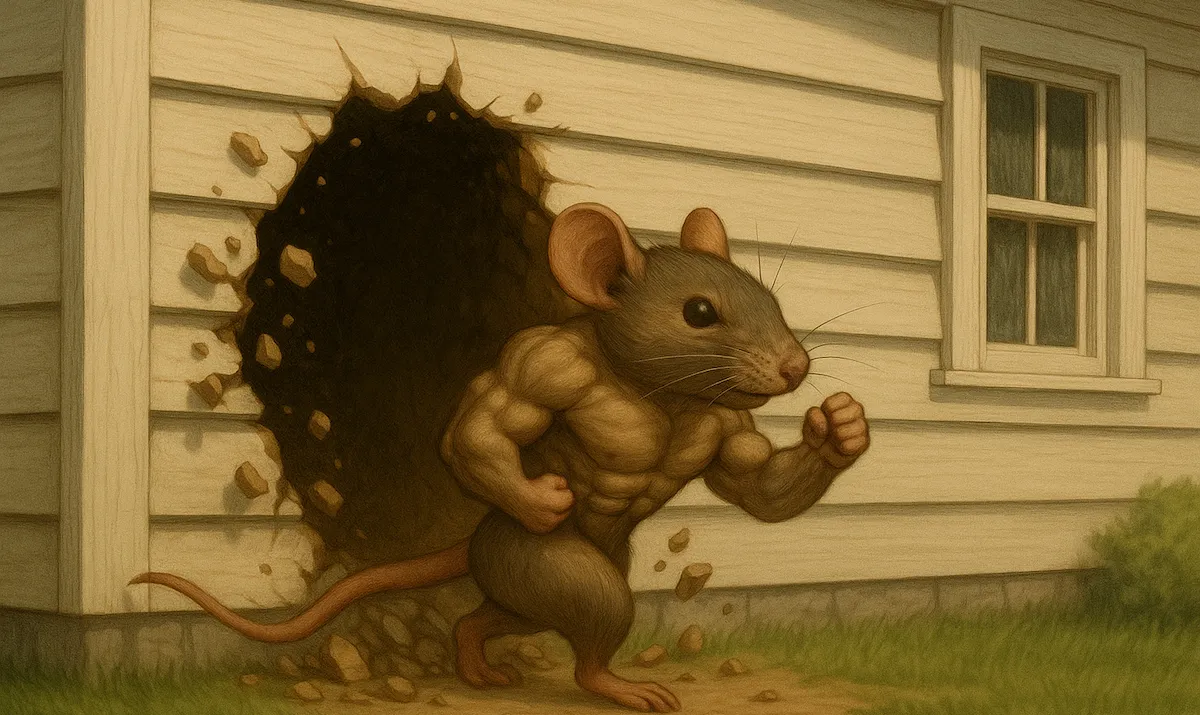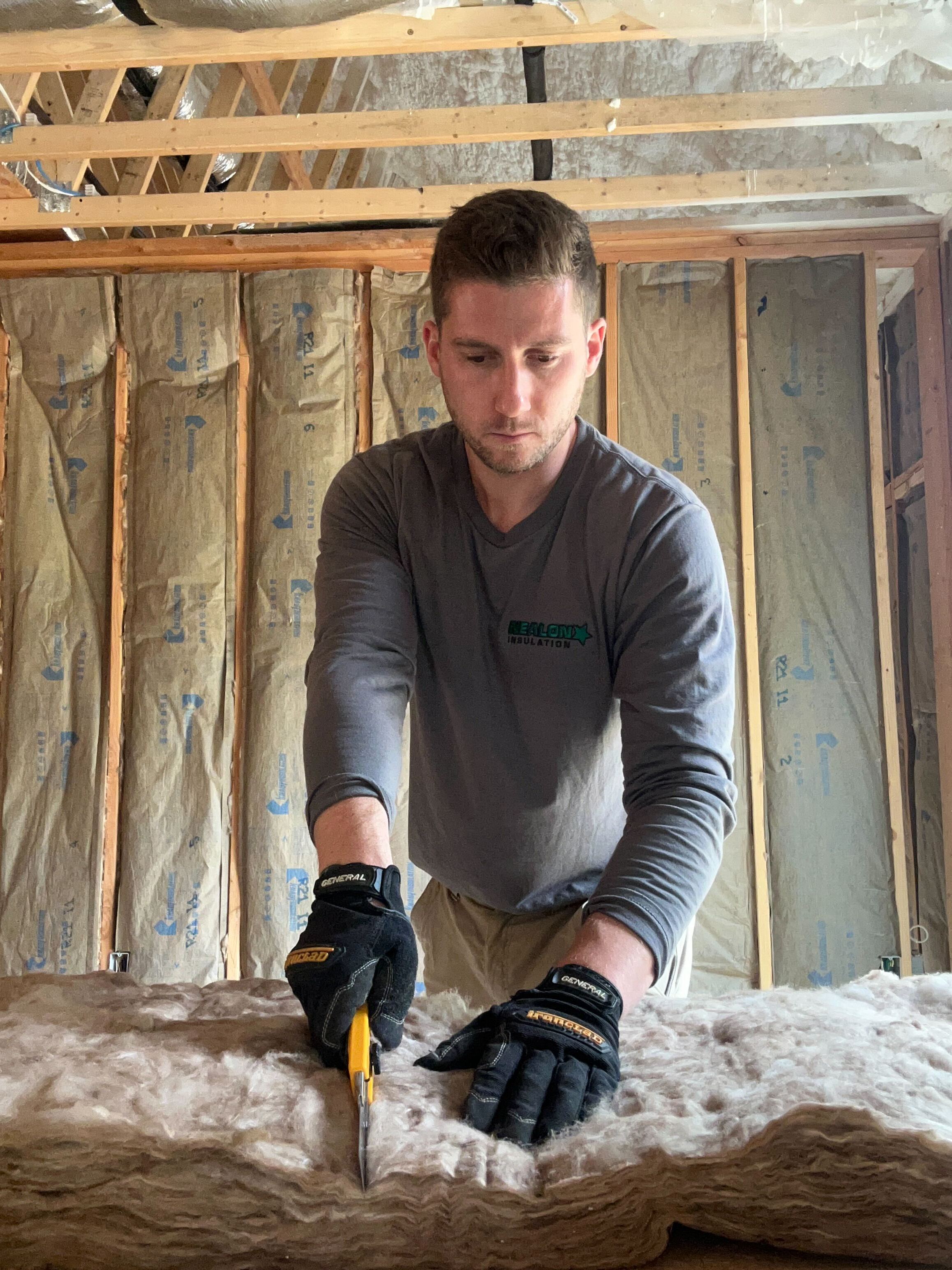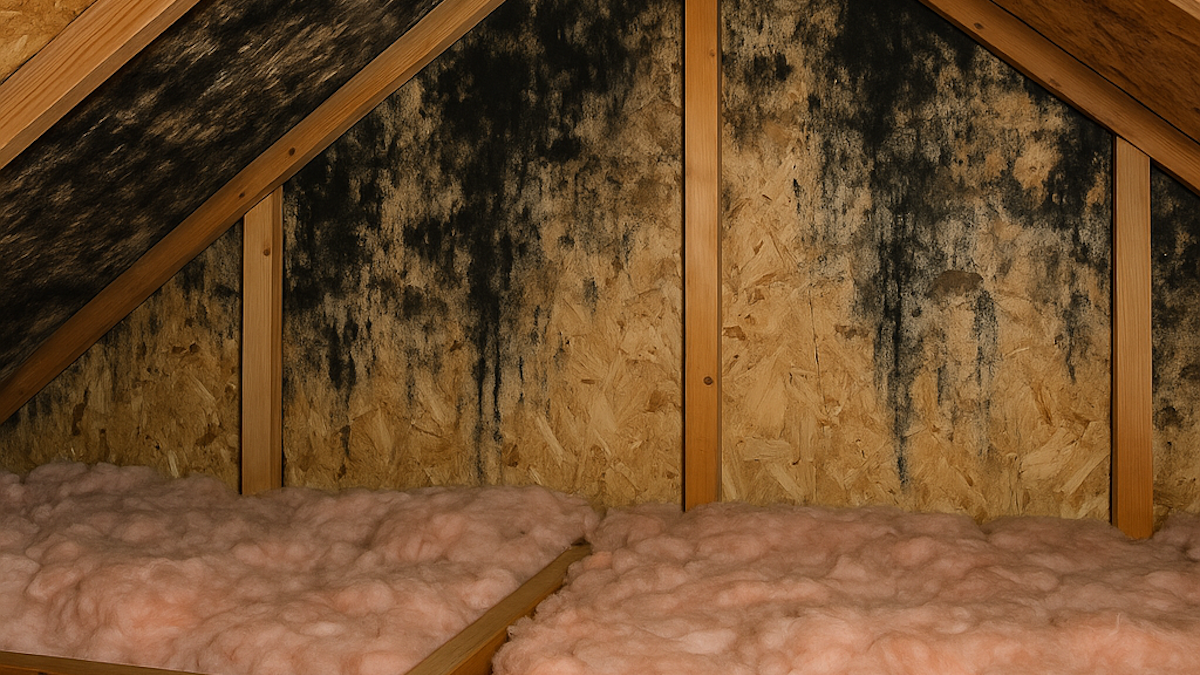Insulation vs. Infestation: How Proper Insulation Keeps Pests at Bay

Let’s talk about something no one wants to talk about—unwanted houseguests with tails, wings, or six legs too many.
If you’ve ever heard scratching in the walls, noticed a trail of ants where there shouldn’t be one, or found yourself googling “what does bat poop look like?” at midnight, you’re not alone. Pests love the same things we do: warmth, shelter, and easy access. And believe it or not, your home’s insulation (or lack thereof) can be a major part of the problem—or the solution.
Here’s how proper insulation helps keep the critters out and your sanity intact.
1. Fewer Entry Points = Fewer Freeloaders
Old, poorly installed, or degraded insulation often leaves gaps and cracks—especially around joists, attics, crawl spaces, and rim joists. These tiny openings are like flashing neon “Vacancy” signs to mice, bats, insects, and even snakes.
Proper insulation, combined with air sealing, closes up those entry points. Think of it as putting a big ol’ “No Trespassing” sign in pest language all around your house.
2. Cellulose or Spray Foam: Your Pest-Fighting Tag Team
If pests are the party crashers, cellulose and spray foam are your home’s personal security team.
Spray foam expands to fill every crack and crevice, hardens up, and leaves almost no entry points. Rodents hate it, insects can’t tunnel through it, and it doubles as a powerful air sealant.
Cellulose, on the other hand, is densely packed into wall cavities and attics, leaving no room for pests to move in or build nests. And since it’s treated with borates (a natural pest deterrent), bugs think twice before setting up camp.
Neither one comes with a “no pests ever” guarantee—but when installed properly, both make your home a whole lot less inviting to anything with whiskers or wings.
3. Clean, Dry, and Unwelcoming (For Pests, Anyway)
Rodents and insects love moisture. Wet, moldy insulation (especially in crawl spaces or basements) is like a luxury condo for pests. Upgrading to moisture-resistant materials—like properly installed fiberglass or cellulose with air sealing and vapor barriers—keeps those areas drier, healthier, and far less attractive to unwanted visitors.
4. Rodents Nest Where Insulation is Easy to Shred
Old batt insulation and loose, degraded material is easy for rodents to shred and turn into a cozy nest. Fresh, well-packed cellulose or sealed spray foam gives them less material to work with and fewer places to hide. And when they don’t feel welcome? They move on.
5. Bonus: Pest Prevention + Energy Savings
Let’s be real—no one insulates just to block out pests. The real magic is that good insulation makes your home more energy-efficient, more comfortable, and yes—less hospitable to critters. That’s a win-win in any season.
Common FAQ's About Insulation and Pests
Can insulation actually get rid of pests that are already in my home?
Insulation does not remove existing pests—it only helps deter new ones. If you have rodents or insects in your home, pest control must come first. After removal and cleanup, installing air-sealed, pest-resistant insulation reduces entry points and discourages future infestations.
Is pest-resistant insulation safe for kids and pets?
Yes, pest-resistant insulation like cellulose is safe for kids and pets. It’s treated with low-toxicity borates that deter pests but pose no harm to humans or animals when properly installed. Always inform your contractor of any household sensitivities to ensure the safest insulation choice.
Will I still need traps or pest control if I insulate?
Yes, you may still need traps or pest control even after insulating. Insulation and air sealing reduce entry points and nesting areas, but they don’t eliminate all risks—especially in older homes. For best results, pair insulation upgrades with good maintenance and occasional professional pest inspections.
Final Word
Proper insulation isn’t just about comfort—it’s about control. Control over your temperature, your energy bills, and yes…who (or what) gets to live in your walls. If your home’s insulation is outdated, falling apart, or looks like it’s been used as a mouse hotel, it’s time to seal it up and upgrade.
Related Articles
Let's Work Together
Ready to transform your home into an energy-efficient haven? Schedule your free energy assessment today and experience the Nealon difference for yourself.


.png)
